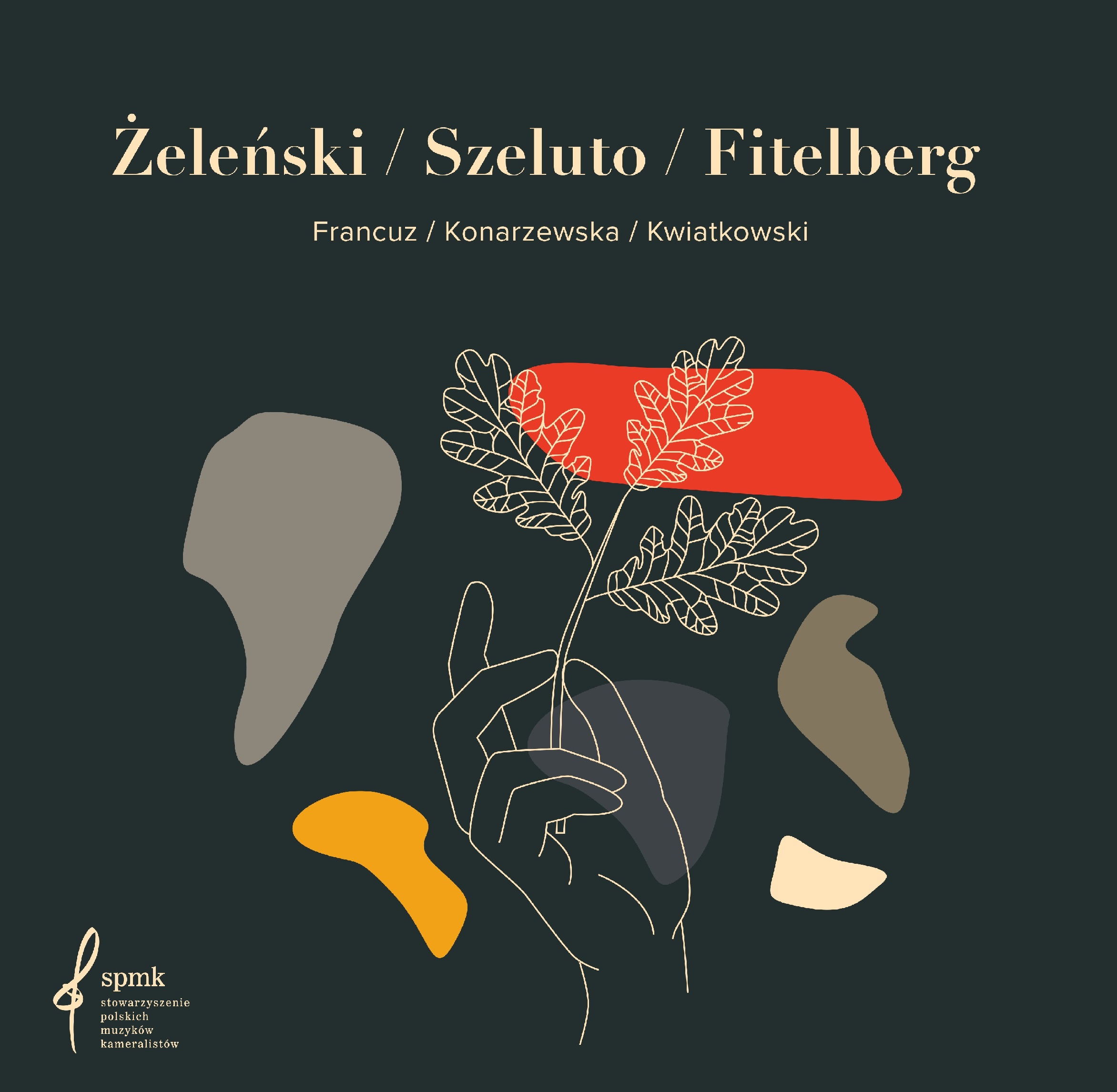An opera, first published in 1823:
https://www.jpc.de/jpcng/classic/detail/-/art/der-taucher-oper-in-zwei-akten/hnum/11765624
https://www.jpc.de/jpcng/classic/detail/-/art/der-taucher-oper-in-zwei-akten/hnum/11765624
BEFORE POSTING read our Guidelines.
This section allows you to view all posts made by this member. Note that you can only see posts made in areas you currently have access to.
Show posts Menu